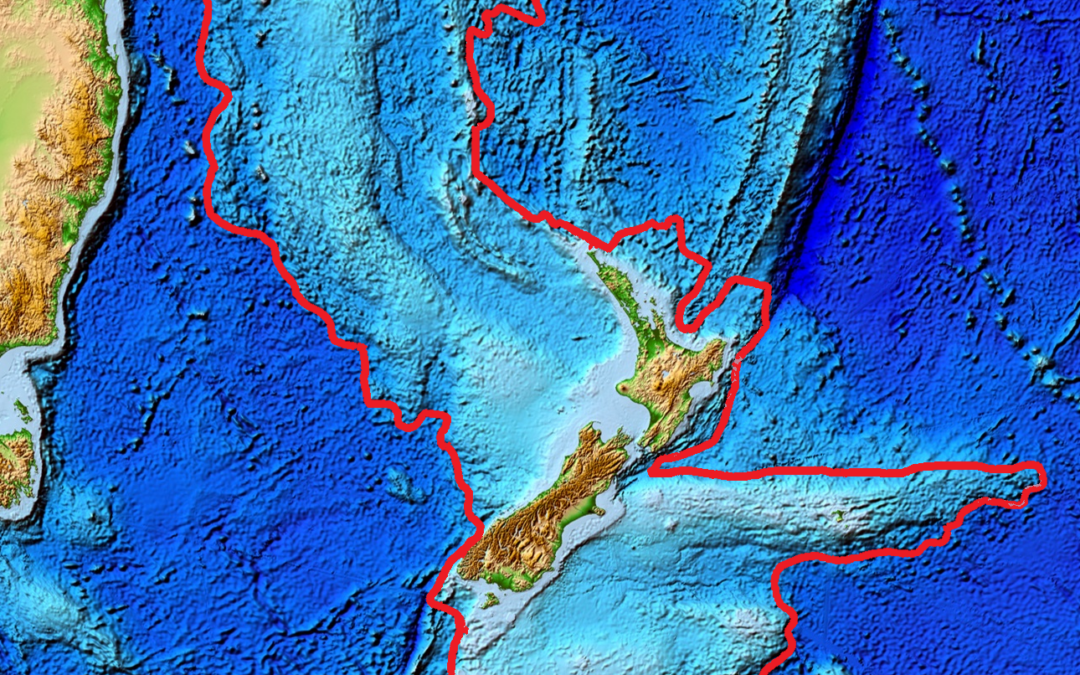The tens of millions of years during which various mammals lived in Gondwana and on the shores of Zealandia were ample time for the evolution of an indigenous fauna of land mammals in New Zealand.

Prof. Mumblebard claims: “New Zealand was the only large landmass on Earth lacking a single terrestrial mammal in its native fauna. This is because the number of land mammals able to reach New Zealand was negligible: a mouse-size fossil and a few species of bats. The few mammals which did reach these extremely isolated lands would have needed many millions of years to evolve into terrestrial forms, but time was insufficient because of the geological upheaval of New Zealand that obliterated Zealandia, the original fragment of Gondwana.”
Robin and the Honey Badger respond: “The remarkable absence of native land mammals in New Zealand is unexplained by speed limits on evolution. Several ancestral mammals would have had ample time for evolutionary transformation throughout its geological history. At least four lineages of mammals, including whales and seals, reached Zealandia as long as 25 million years ago. Marine mammals elsewhere evolved from terrestrial ancestors within ten million years, and the transformation of whales from a terrestrial ancestor was particularly radical. There is no reason why the hypothetical re-conversion of flying or aquatic mammals to terrestrial mammals should be any slower than the proven transformation of terrestrial to aquatic mammals. Therefore, the failure of both bats and ancestral pinnipeds to recolonise the land over a period of ten million years needs an ecological rather than a historical explanation. Furthermore, the underlying assumption of an initial absence of mammals is unsound because Zealandia was so large as to be a mini-continent for tens of millions of years before its gradual submergence. Mammals already lived in Gondwana before its breakup and monotremes in particular can be assumed to have inhabited Zealandia and nearby proto-Australia alike. Whether the ancestral mammals were present from the start or arrived across the sea, time was indeed sufficient for an indigenous mammalian fauna to have evolved in Zealandia and to have adapted to the new land surface as New Zealand gradually rose from the sinking mini-continent.”

![]() “In other words”
“In other words”
Please join us here at the Bio-edge with your own comments. In the discussion below we encourage links to any evidence supporting either Prof. Mumblebard or Robin and the Honey Badger. Illustrations are welcome but please cite all sources or we may be forced under copyright to delete your comment.

